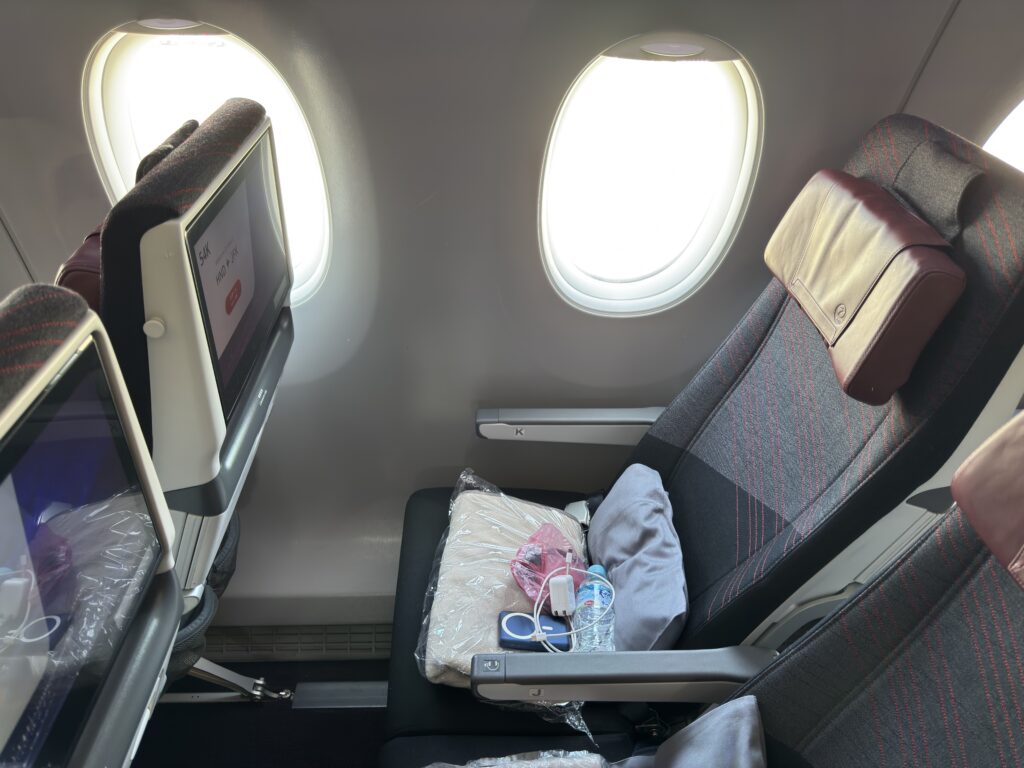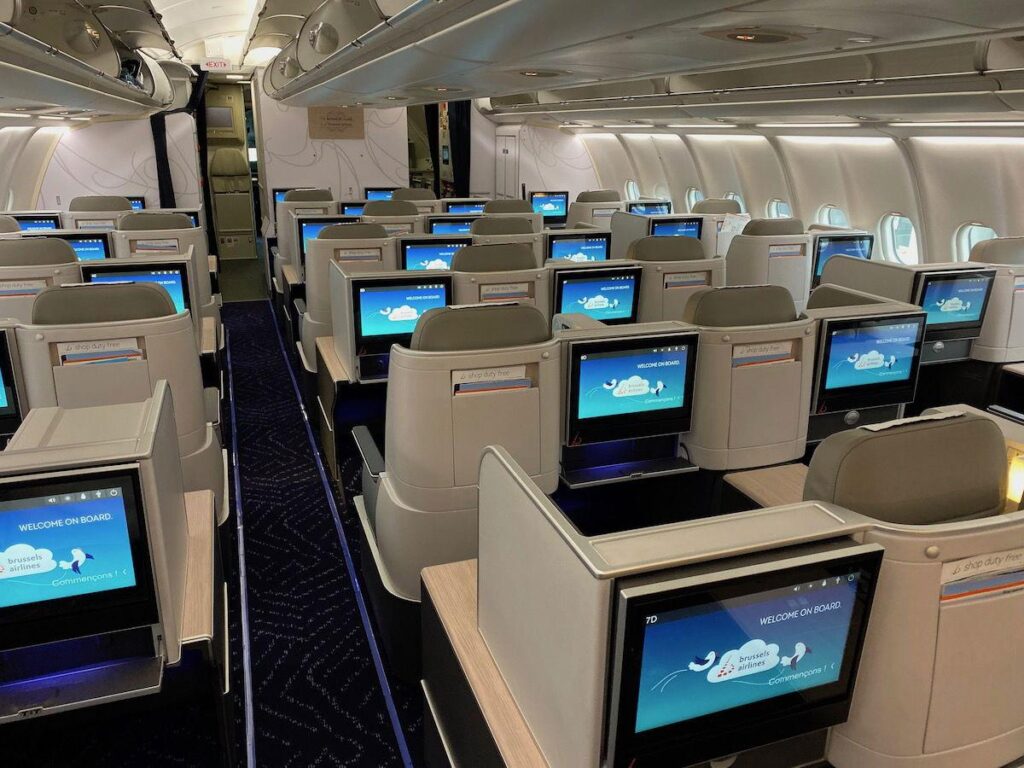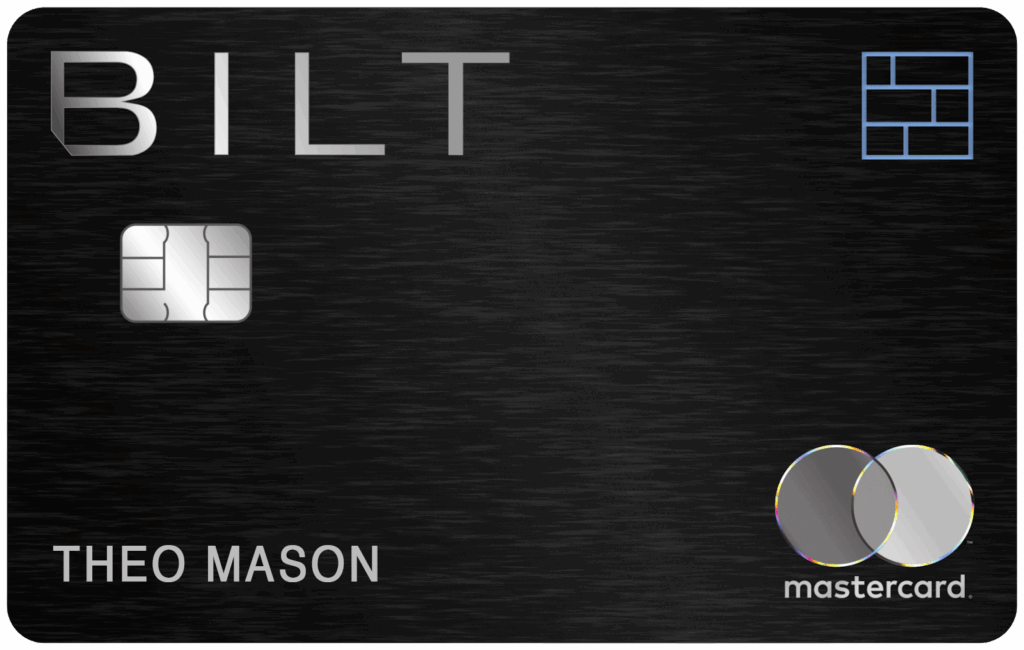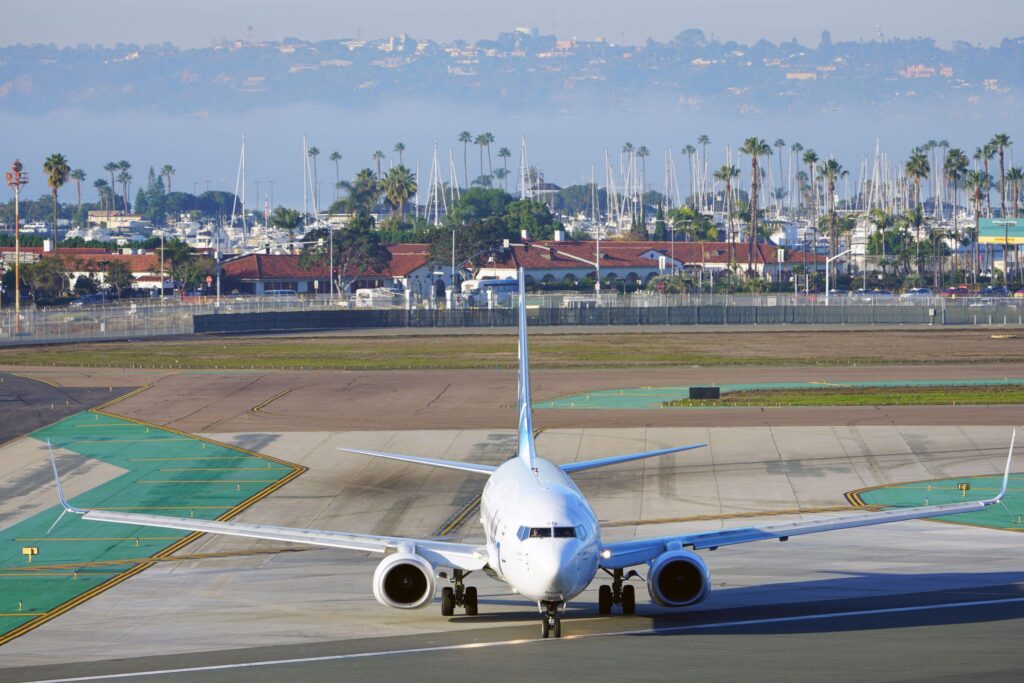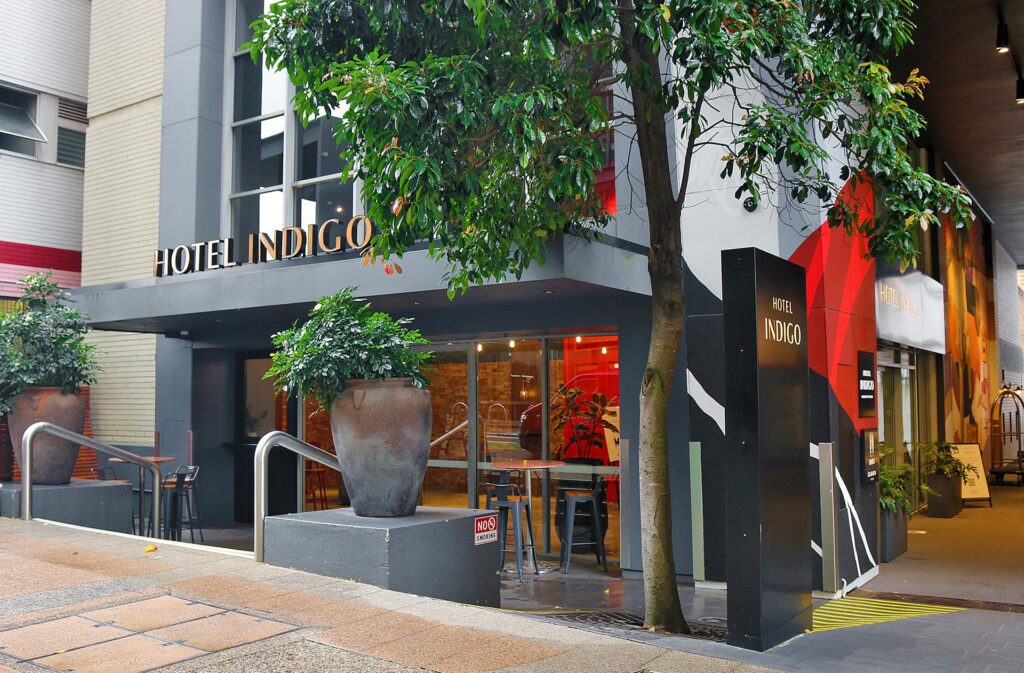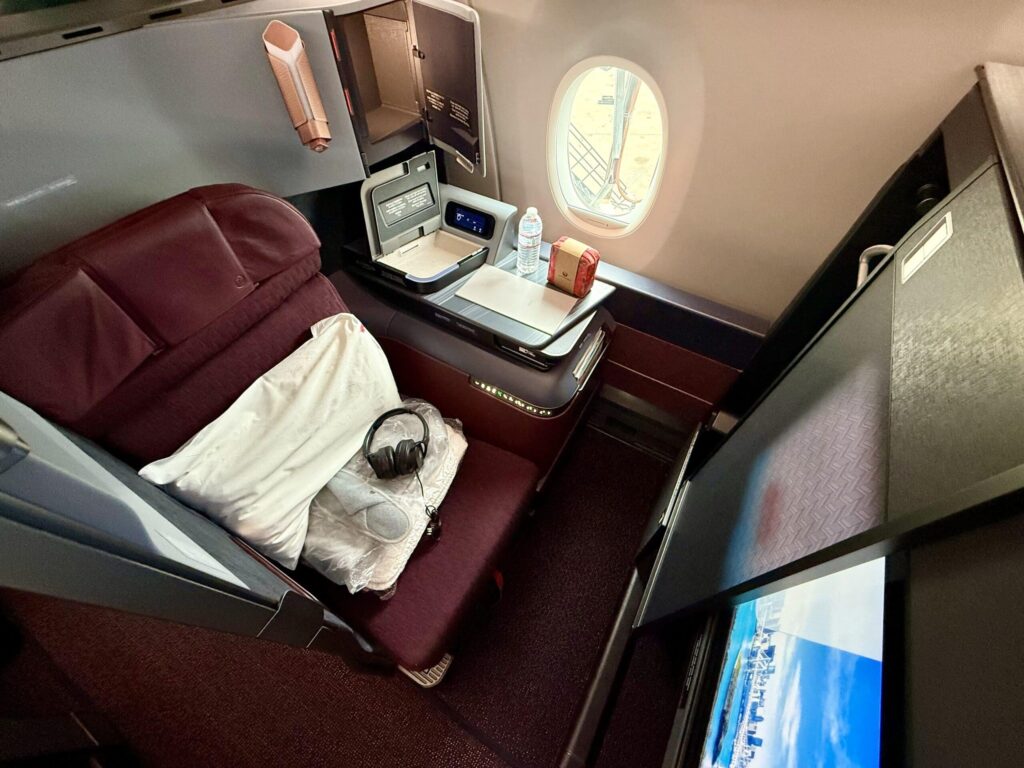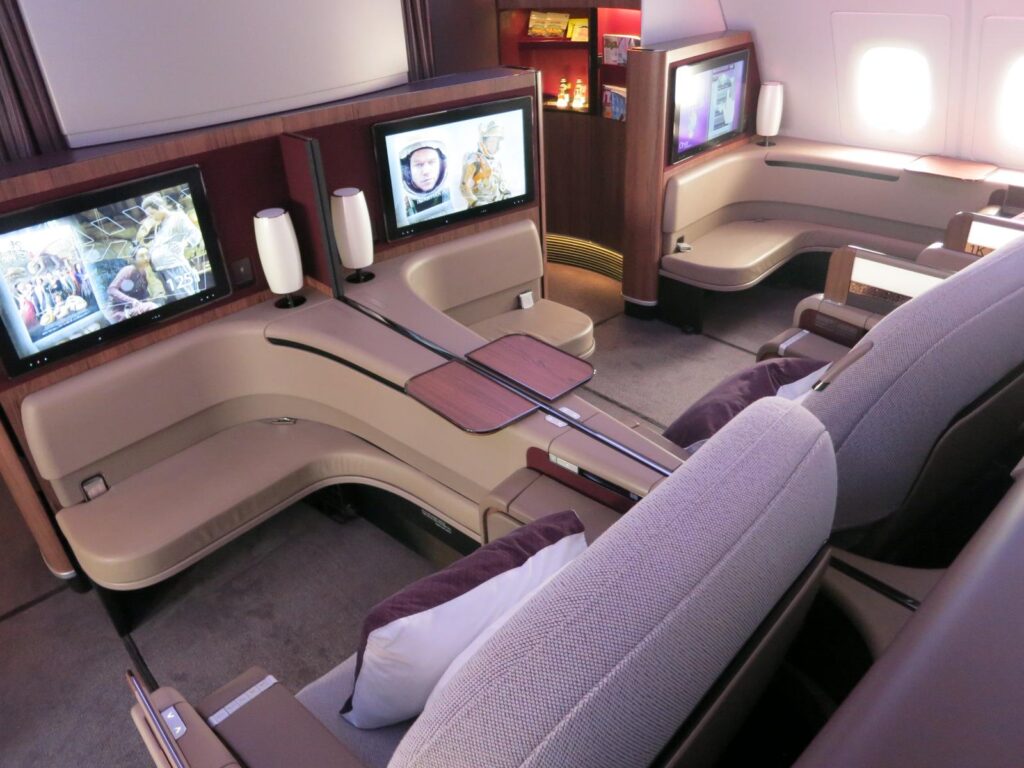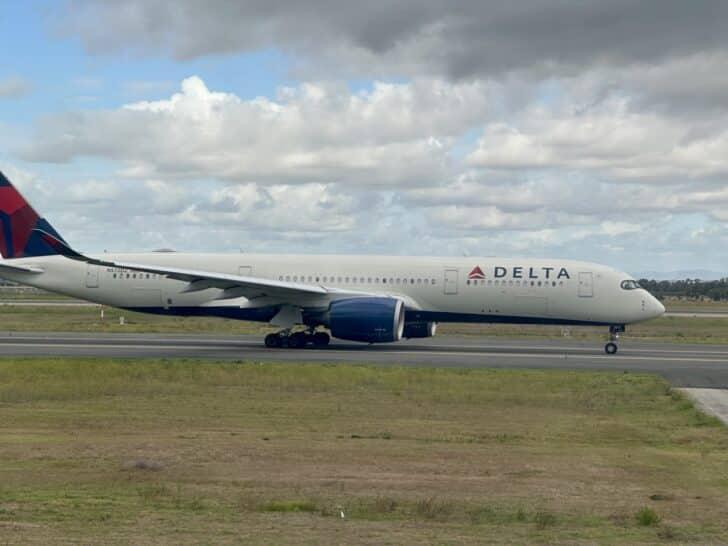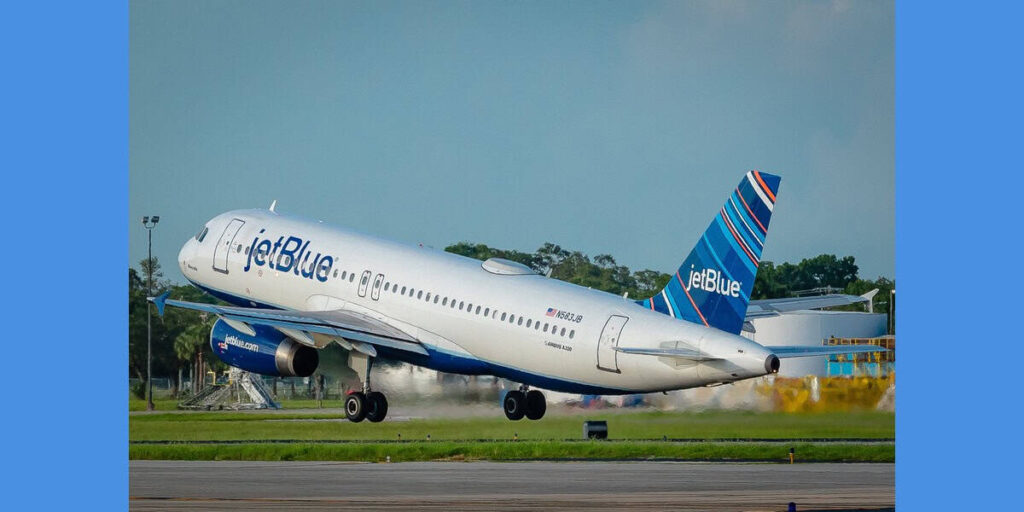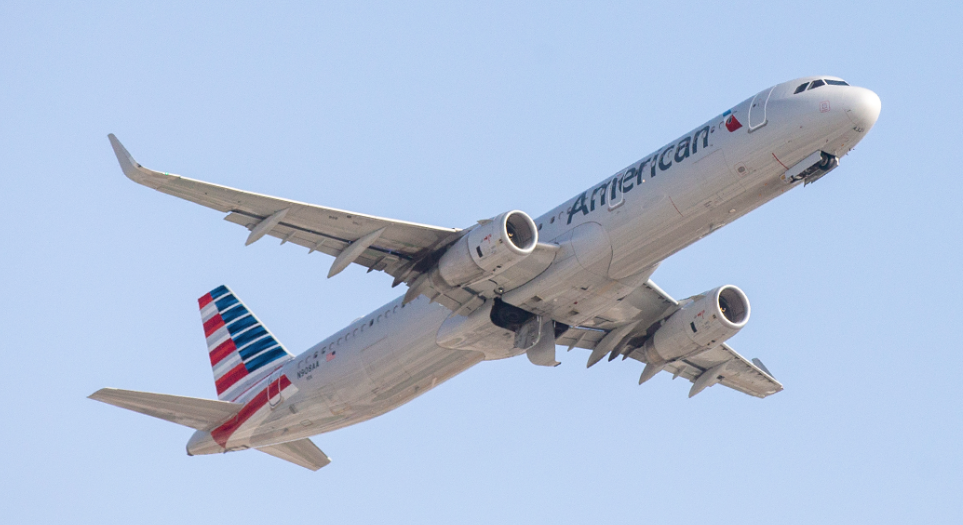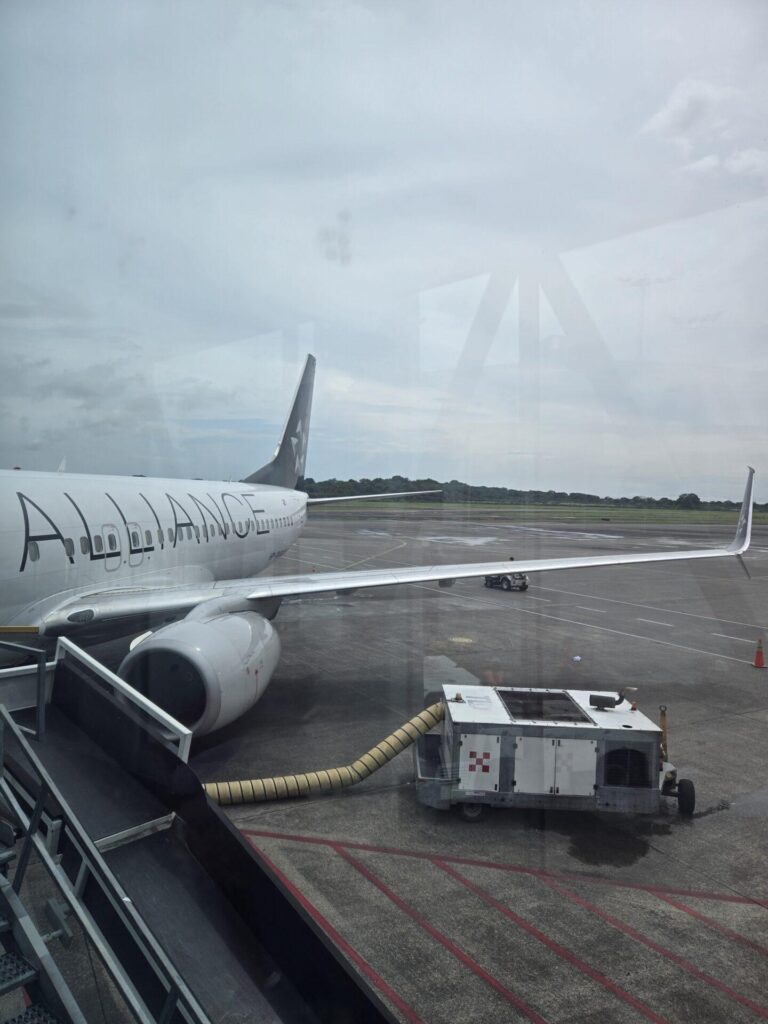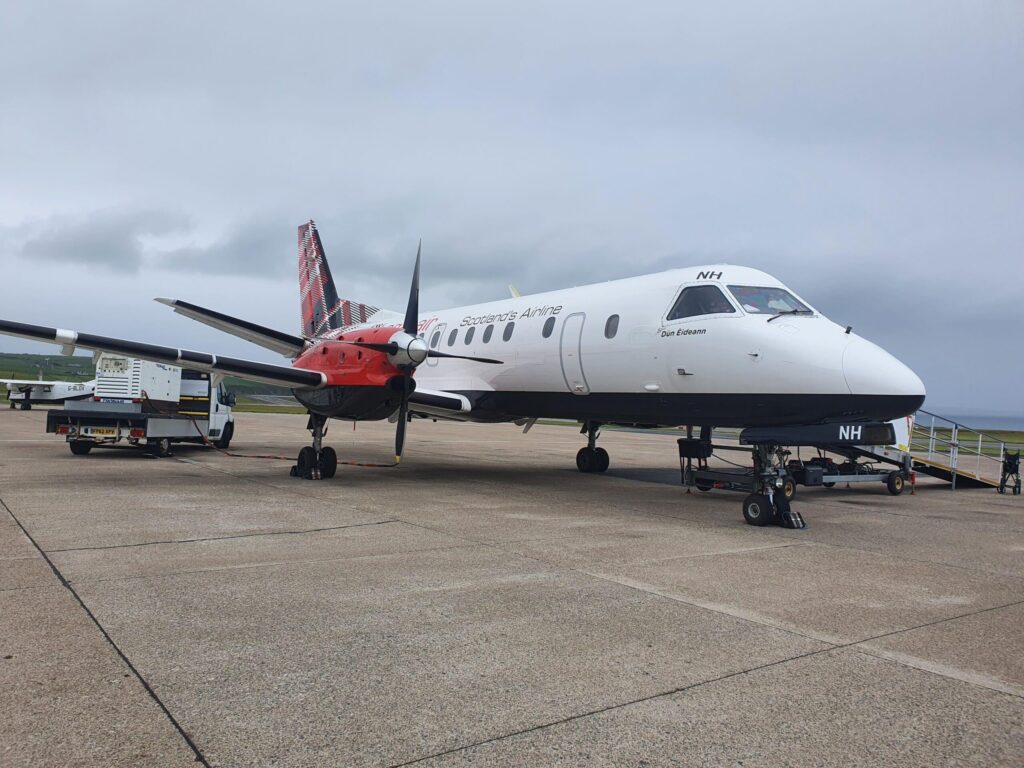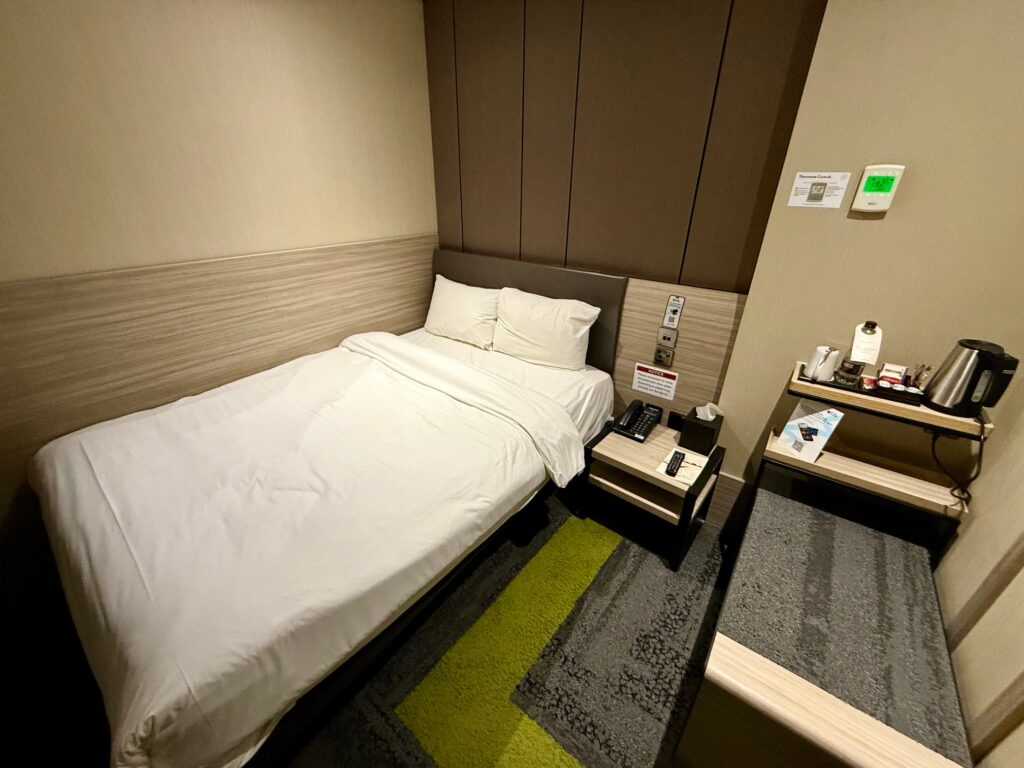10 Foolproof Ways to Breeze Through TSA This Holiday Season
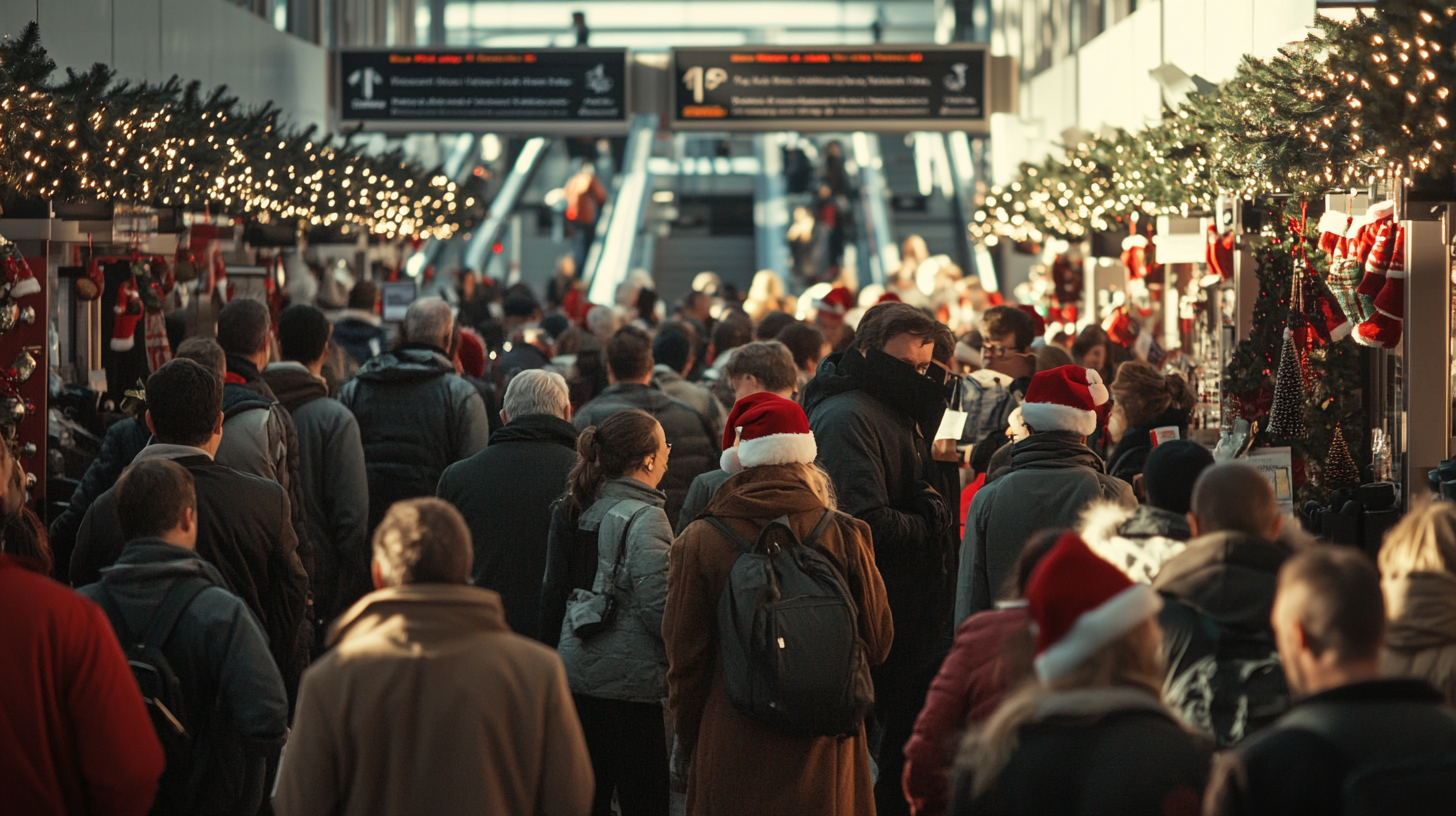
The holiday season is a time for joy, celebration, and reconnecting with loved ones. However, it also marks one of the busiest times of the year for air travel. Airports are teeming with passengers, flights are fully booked, and security lines can stretch for what feels like miles. Navigating the Transportation Security Administration (TSA) checkpoints can be particularly challenging amidst the holiday hustle and bustle. But fear not! With a little preparation and insider knowledge, you can turn this daunting task into a seamless part of your journey. Here are ten foolproof ways to breeze through TSA this holiday season and keep your travel stress to a minimum.
1. Enroll in TSA PreCheck or Global Entry
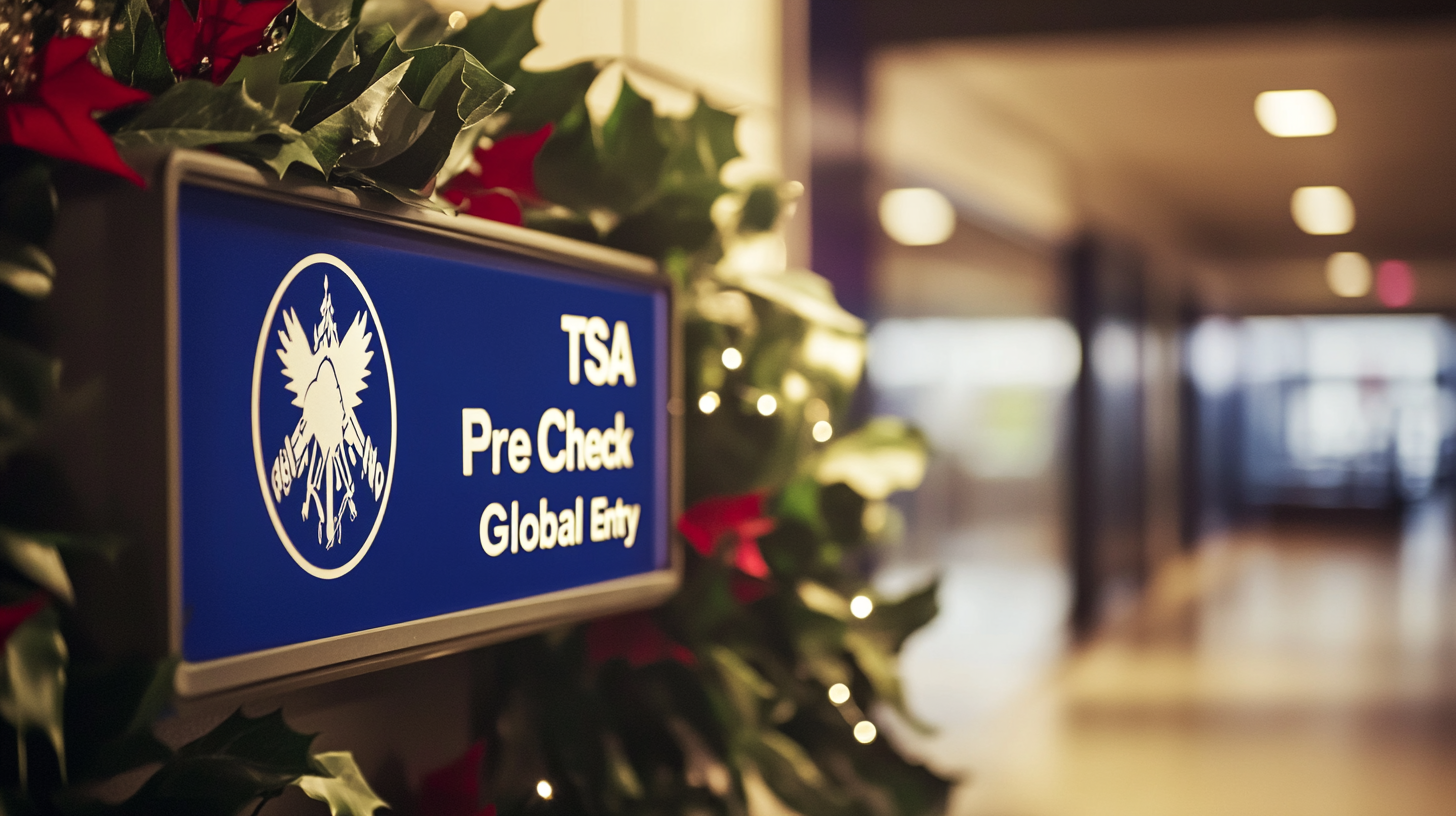
One of the most effective ways to expedite your airport security experience is by enrolling in TSA PreCheck or Global Entry. These trusted traveler programs allow you to access dedicated security lanes and enjoy expedited screening procedures.
TSA PreCheck is tailored for domestic travelers and provides benefits such as keeping your shoes, light jackets, and belts on, and leaving laptops and compliant liquids in your bag. If you often travel internationally, consider Global Entry, which includes all the perks of TSA PreCheck and adds expedited customs processing when re-entering the United States; for more details, visit U.S. Customs and Border Protection.
The application process involves filling out an online form, paying a non-refundable fee, and completing an in-person interview where you’ll undergo a background check and fingerprinting. Keep in mind that approval can take several weeks, so it’s wise to start the process well before your travel dates.
Additionally, some credit cards offer reimbursement for the application fee, making these programs more accessible. For more information, visit Travel Credit Cards with TSA PreCheck Benefit. Not only do these programs save time, but they also reduce the stress of navigating crowded security checkpoints, allowing you to enjoy your journey from start to finish.
2. Pack Smart and Follow the 3-1-1 Liquids Rule
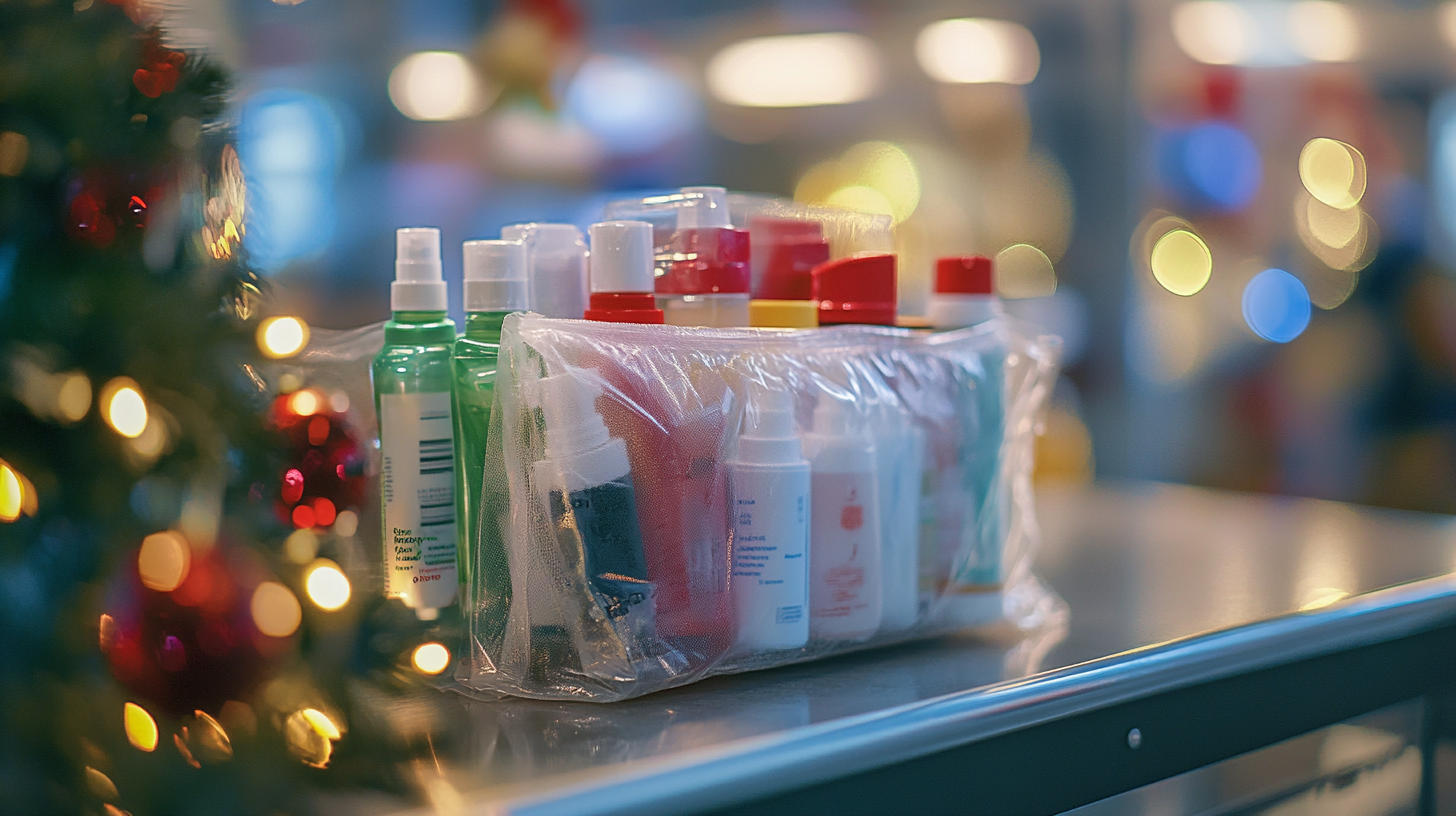
Packing efficiently is essential to ensure a smooth screening process. Familiarize yourself with the TSA’s 3-1-1 liquids rule: each passenger is allowed to carry liquids, aerosols, gels, creams, and pastes in containers of 3.4 ounces (100 milliliters) or less, all fitting into one quart-sized, clear, plastic, zip-top bag.
To adhere to this rule, consider purchasing travel-sized toiletries or transferring your products into TSA-compliant containers like the GoToob+ Silicone Travel Bottles. Remember that common items like toothpaste, deodorant, and even certain foods like spreads or sauces are subject to this rule. Be cautious with items such as snow globes or holiday-themed jams, which might exceed the allowed liquid limit. For details, check out Prohibited Items at TSA Checkpoints.
Pack your liquids bag at the top of your carry-on for easy removal during screening. This proactive approach not only speeds up your time in line but also avoids the potential embarrassment and inconvenience of having items discarded by TSA agents.
If you need to transport larger quantities of liquids, pack them in your checked luggage. Exceptions apply for medications, baby formula, and breast milk, but these items must be declared to TSA officers at the checkpoint. For further guidance, visit Traveling with Children and Medical Needs. Being mindful of these guidelines ensures a hassle-free security experience.
3. Wear Easily Removable Shoes and Minimal Jewelry

Your attire can significantly impact your speed through security checkpoints. Opt for shoes that are easy to slip on and off, such as loafers or slip-on sneakers. For suggestions, see Best Travel Shoes, especially if you don’t have TSA PreCheck. Consider products like the Skechers GOwalk Slip-On Shoe, which combine comfort with convenience.
Jewelry and accessories can trigger metal detectors, leading to additional screening. To prevent delays, wear minimal jewelry or choose pieces made of materials less likely to set off alarms, such as plastic or wood. For more tips, visit Travel-Friendly Jewelry. Place items like watches, belts with metal buckles, and chunky necklaces in your carry-on before reaching the screening area.
Consider clothing without excessive metal embellishments, and avoid attire with large belt buckles or metal buttons. For an informative guide, see What Not to Wear at Airport Security. Dressing strategically not only expedites your journey through security but also contributes to a more comfortable travel experience overall.
4. Organize Your Carry-On Bag
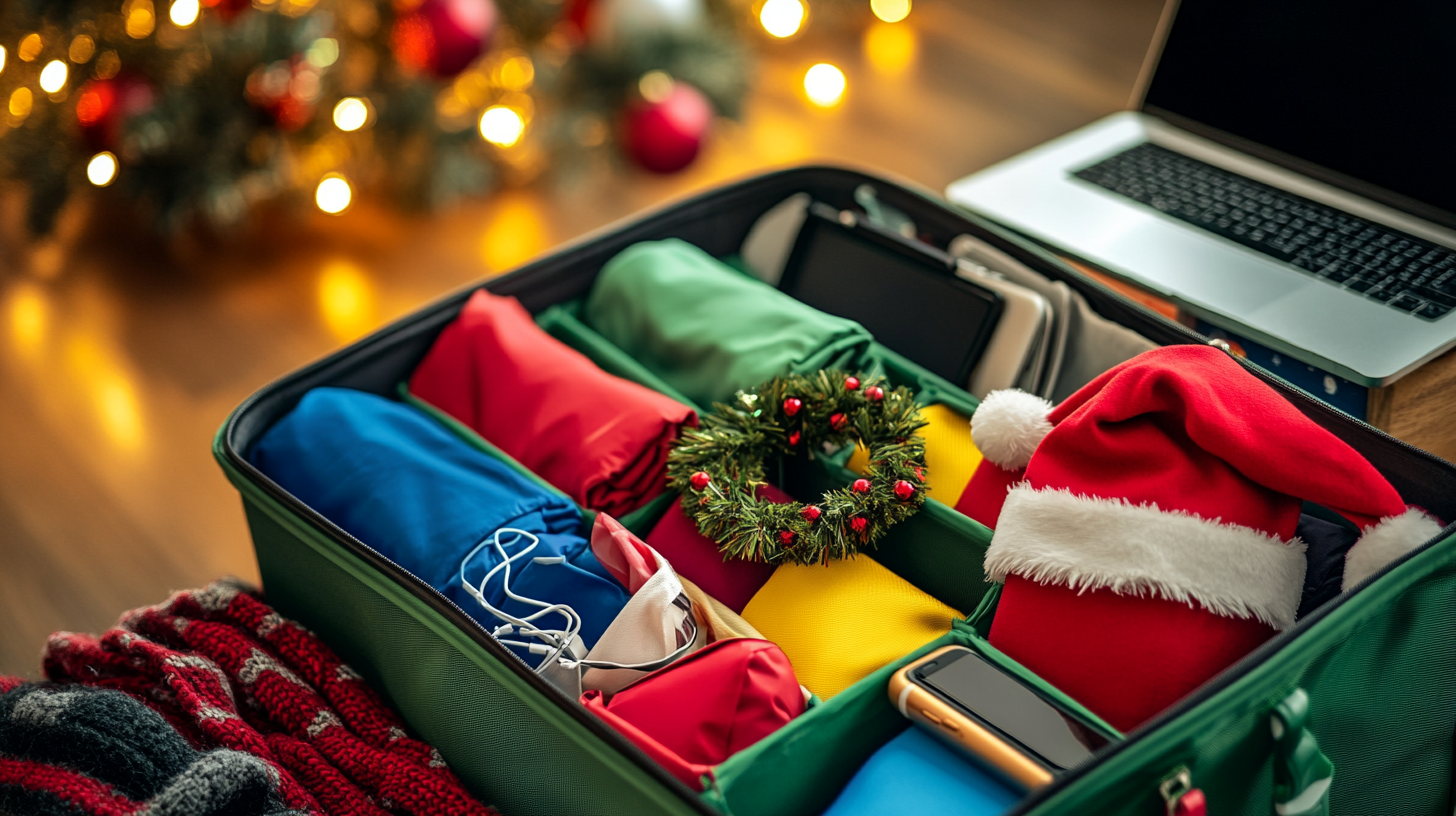
An organized carry-on is a key factor in breezing through TSA checkpoints. Place items that need to be screened separately, such as laptops and tablets, in easily accessible compartments. For recommendations on carry-ons, visit Best Carry-On Bags with Laptop Compartments. Consider investing in a carry-on bag designed for easy access, such as the Travelpro Platinum Elite Expandable Spinner or the SwissGear ScanSmart Backpack.
Avoid overpacking your carry-on as clutter can obstruct the X-ray images, potentially prompting TSA officers to conduct manual bag inspections. For more on what to expect during screening, refer to TSA Screening Procedures. Use packing cubes like the eBags Classic Packing Cubes to keep your belongings tidy; learn more about this approach with Packing Cubes and Organizers. Keeping electronics and liquids at the top of your bag allows for quick removal and repacking.
Ensure you’re not carrying any prohibited items. Commonly confiscated items include pocket knives, scissors longer than 4 inches, and sporting equipment like baseball bats or ski poles. If in doubt, check the official TSA list of prohibited items or use their “What Can I Bring?” feature.
By thoughtfully organizing your carry-on, you not only facilitate a faster screening process for yourself but also contribute to a smoother flow for everyone in the security line.
5. Have Your Documents Ready

Time is of the essence in security lines, so having your documents ready is crucial. Ensure you have your valid identification and boarding pass accessible before you reach the TSA officer. For more details on acceptable IDs, consult Acceptable IDs at Airport Security. Acceptable forms of ID include a driver’s license, passport, military ID, or state-issued ID card.
Note that starting May 7, 2025, all travelers will need a REAL ID-compliant license or acceptable alternative identification to fly within the United States. Check if your current ID meets these requirements; further details can be found under REAL ID Act Requirements. If not, plan to update it ahead of your trip.
While digital boarding passes are commonly accepted, it’s a good idea to have a printed copy as a backup. For a comparison of options, read more at Mobile vs. Paper Boarding Passes. Technical glitches, dead phone batteries, or scanner issues can occur, and having a hard copy can save time and prevent unnecessary stress.
Organizing your documents ahead of time demonstrates preparedness, reduces your anxiety, and keeps the security line moving efficiently for everyone. Consider using a travel document organizer like the Lewis N. Clark RFID-Blocking Travel Wallet to keep your IDs, boarding passes, and other essentials in one place.
6. Check Flight and Security Wait Times

Knowledge is power when it comes to air travel. Before you leave for the airport, check your flight status and monitor security wait times. Many airports provide real-time updates on their websites or dedicated mobile apps; for top recommendations, visit Airport Apps for Travelers. Apps like FlightAware and TripIt can also keep you informed about delays, gate changes, and more.
During the busy holiday season, it’s prudent to arrive at the airport even earlier than the standard recommendation. Aim for at least two hours before a domestic flight and three hours before an international flight. For a deeper dive, see How Early to Arrive at the Airport. If you’re traveling with children, have special needs, or are checking bags, consider adding extra time.
Also, factor in potential delays like heavy traffic, parking lot congestion, or shuttle bus waits. If possible, check-in for your flight online and pre-pay for checked bags to save time at the airport. For a look at advantages, see Online Check-In Benefits.
By staying informed and allowing ample time, you can navigate unexpected hurdles calmly and reduce the overall stress associated with holiday travel.
7. Stay Updated on TSA Guidelines and Restrictions

TSA rules can change, so it’s essential to stay current with the latest guidelines. Regularly visit the TSA Official Website for updates on prohibited items, security procedures, and travel advisories.
Recent policy changes might impact how you pack or what you can bring. For example, restrictions on powders, electronics, or even certain smart luggage with non-removable lithium batteries have been implemented in recent years. For specifics, explore Smart Luggage Restrictions. Being unaware of such changes can lead to delays or having to discard items at the checkpoint.
Special considerations are often in place during the holidays. For instance, while you can bring wrapped gifts through security, TSA officers may need to unwrap them for inspection if they trigger an alarm. To avoid this, consider using gift bags or wrapping presents upon arrival at your destination; for guidelines, visit Traveling with Gifts.
You can also sign up for TSA travel alerts or follow their social media accounts for real-time updates. Stay informed on social media through TSA on Twitter and Facebook. Staying informed empowers you to make smarter packing choices and ensures compliance with current regulations, resulting in a smoother security experience.
8. Consider Alternative Screening Options
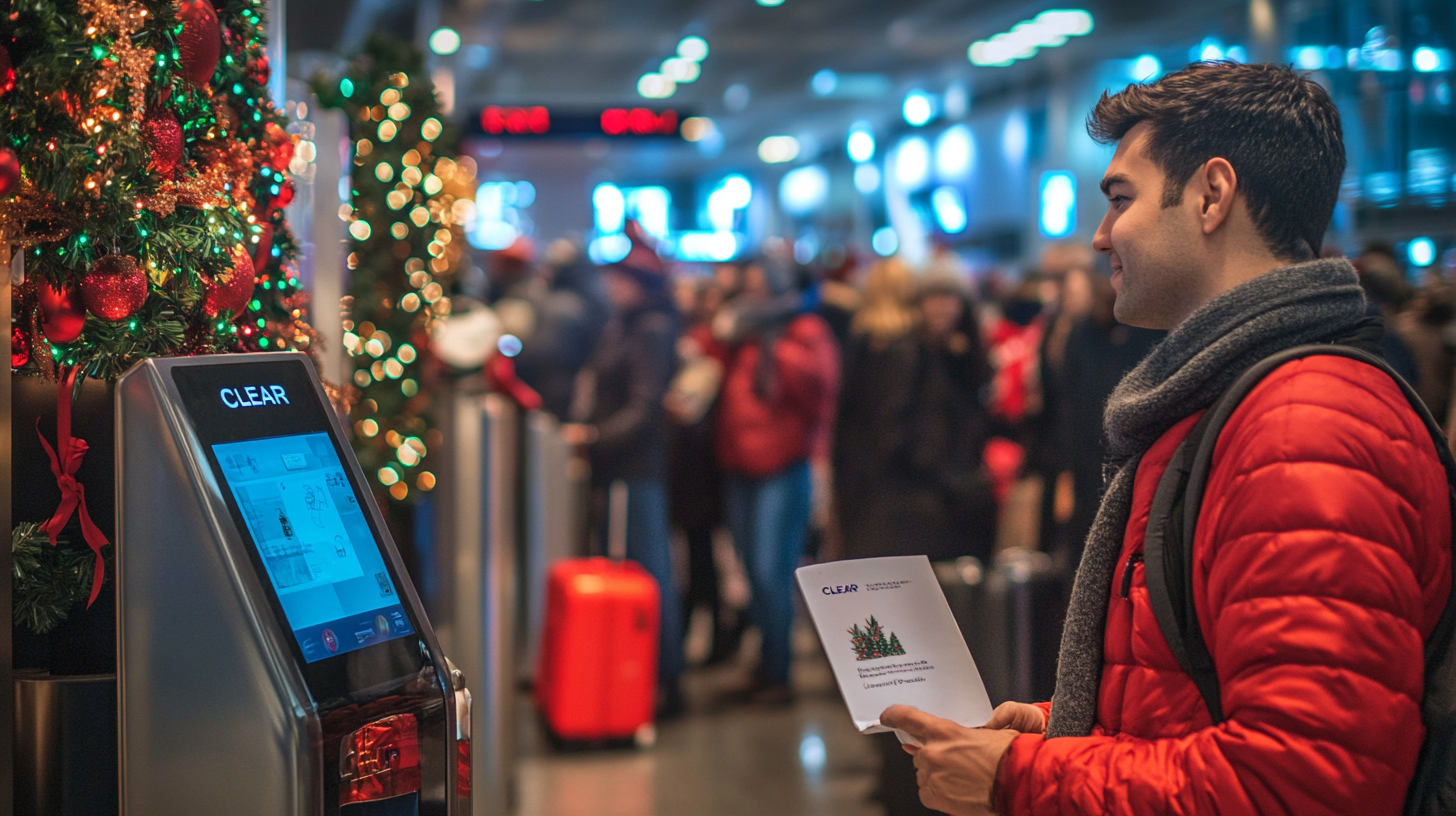
If you’re looking for additional ways to expedite your airport experience, consider alternative screening programs like CLEAR. CLEAR uses biometric data—such as fingerprints and iris scans—to verify your identity, allowing you to skip the traditional ID checks and proceed directly to the physical screening.
CLEAR is currently available at select airports and can be used alongside TSA PreCheck for optimal efficiency. For availability, visit Airports with CLEAR Service. The enrollment process is quick and can often be completed at the airport in a matter of minutes.
Alternatively, frequent flyers may benefit from airline-specific expedited security programs. For example, Delta’s SkyPriority and United’s Premier Access offer expedited security lanes for eligible passengers.
Additionally, many premium travel credit cards provide perks like airport lounge access, priority boarding, and statement credits for expedited screening programs. Cards such as the Chase Sapphire Reserve and the American Express Platinum Card can offset the cost of programs like Global Entry and CLEAR, enhancing your travel experience. Explore more options at Credit Cards with Airport Benefits.
9. Be Polite and Cooperative with TSA Officers
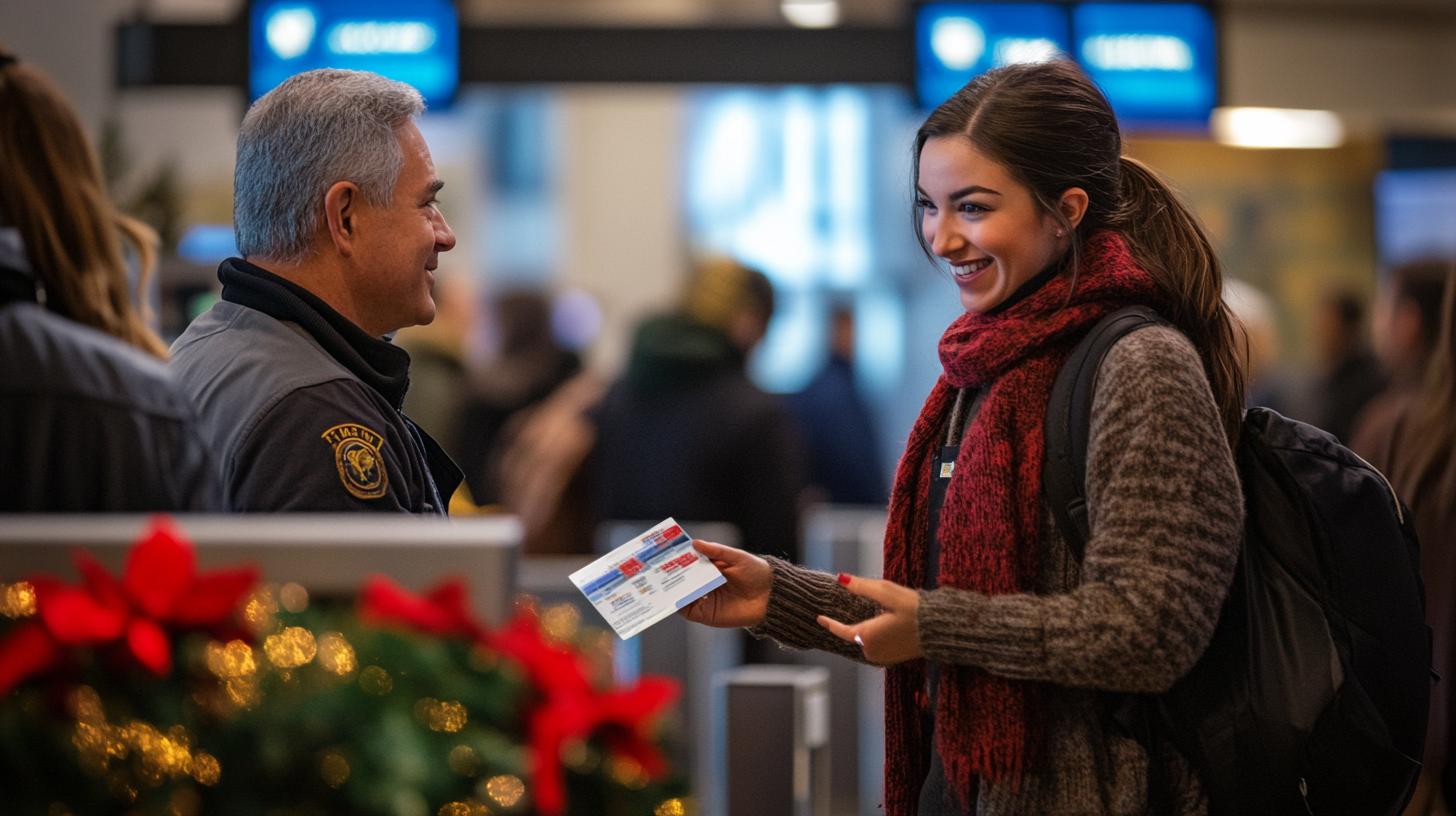
Your attitude can significantly influence your experience at security checkpoints. TSA officers have a challenging job to ensure everyone’s safety, especially during the busy holiday season. Approaching them with courtesy and cooperation can make the process smoother for both parties.
Listen carefully to instructions and comply promptly. Remove required items without prompting, and if selected for additional screening, remain patient and respectful; for details on what to expect, see What to Expect During Additional Screening. Arguing or showing frustration can lead to further delays and unnecessary stress.
If you have concerns or special needs, calmly communicate them to the TSA officer. They are trained to handle various situations and can assist you if you require accommodations. The TSA Cares program offers additional assistance for travelers with disabilities, medical conditions, or other special circumstances.
Remember, a positive demeanor not only improves your own experience but also contributes to a more pleasant atmosphere for fellow travelers and TSA staff alike. Embracing patience and kindness can go a long way during the holiday rush.
10. Prepare for Traveling with Children or Special Items

Traveling with children or special items requires extra planning. Before your trip, explain the security process to your kids to help them understand what to expect. Role-playing or watching informative videos can make them feel more comfortable. For useful tips, visit Tips for Flying with Children.
All items associated with children—such as strollers, car seats, and diaper bags—must go through X-ray screening. Be prepared to collapse strollers and remove infants from carriers. For guidance, check out TSA Guidelines for Traveling with Children. Packing essentials in an organized manner will expedite the process. Products like the Munchkin Brica Fold N’ Go Travel Bassinet or the J.L. Childress Gate Check Bag can make traveling with little ones easier.
Items like breast milk, formula, and baby food are exempt from the 3-1-1 liquids rule but must be declared to TSA officers for separate screening. For more information, see Traveling with Formula, Breast Milk, and Juice. Consider packing these items in clear, easily accessible containers to facilitate the inspection.
For travelers with medical conditions or disabilities, it’s important to inform TSA officers if you need assistance. Medications, medical equipment, and mobility devices are allowed but may require additional screening. For further details, refer to TSA Traveling with Medical Conditions. Carry documentation or a doctor’s note if it helps explain your situation, although it’s not required.
Proper preparation and communication ensure that you and your family can navigate security smoothly, even with additional considerations.
Final Thoughts

Navigating TSA checkpoints during the bustling holiday season doesn’t have to be a source of stress. By proactively preparing and staying informed, you can transform the security screening into a straightforward part of your travel routine. From enrolling in trusted traveler programs to smart packing and courteous conduct, each strategy plays a role in expediting your journey.
Remember, the holiday season is about joy, gratitude, and connection. By following these tips, you not only enhance your own travel experience but also contribute to a more pleasant atmosphere for fellow travelers and TSA personnel. To learn more, check out Holiday Travel Etiquette. So pack your patience, embrace the spirit of the season, and look forward to the adventure ahead.
Safe travels and happy holidays from all of us at BoardingArea!


